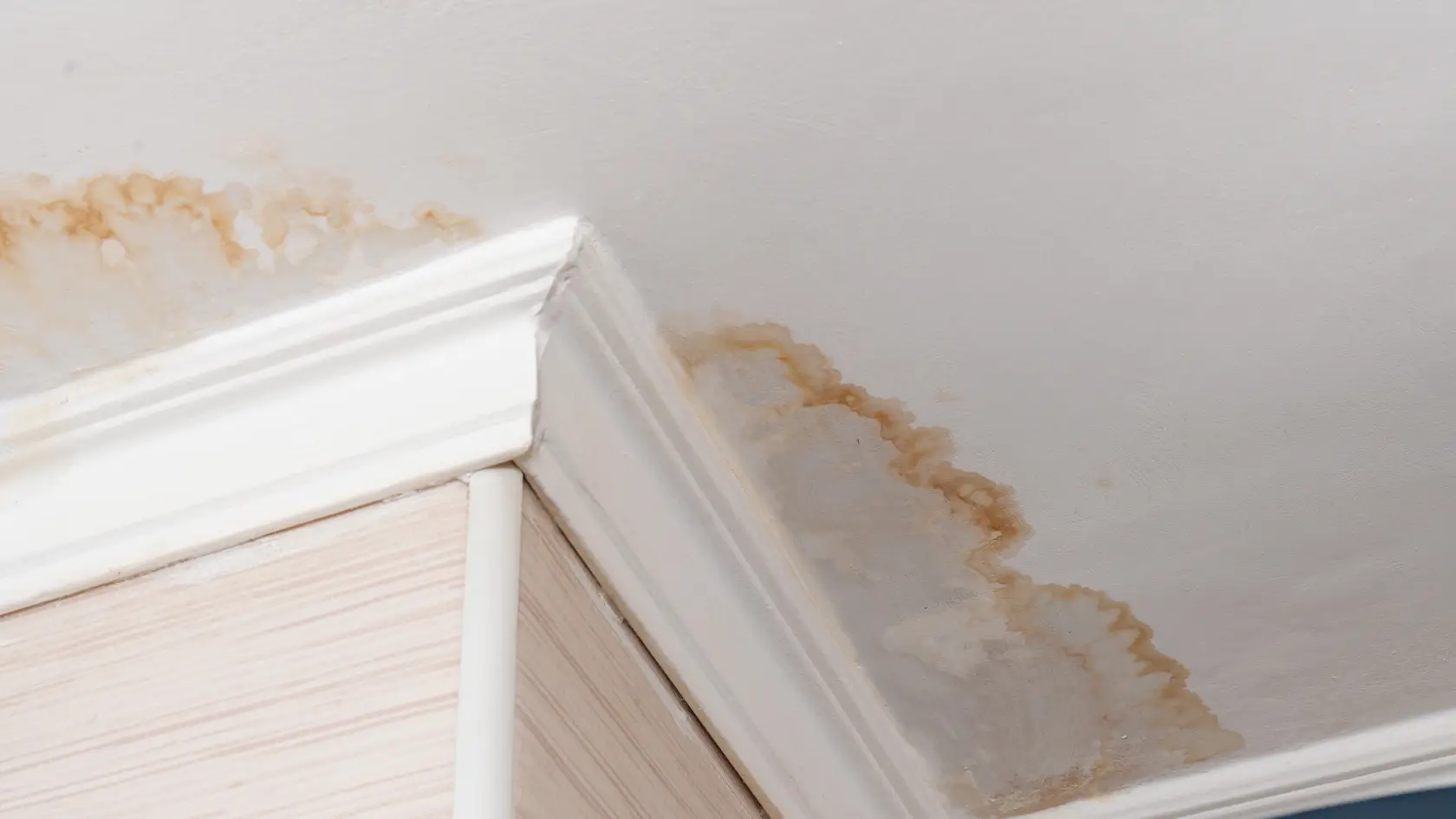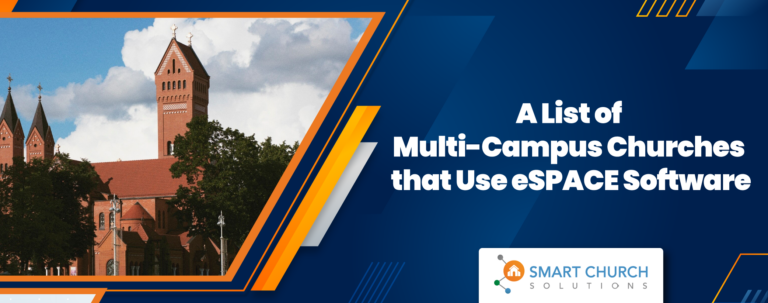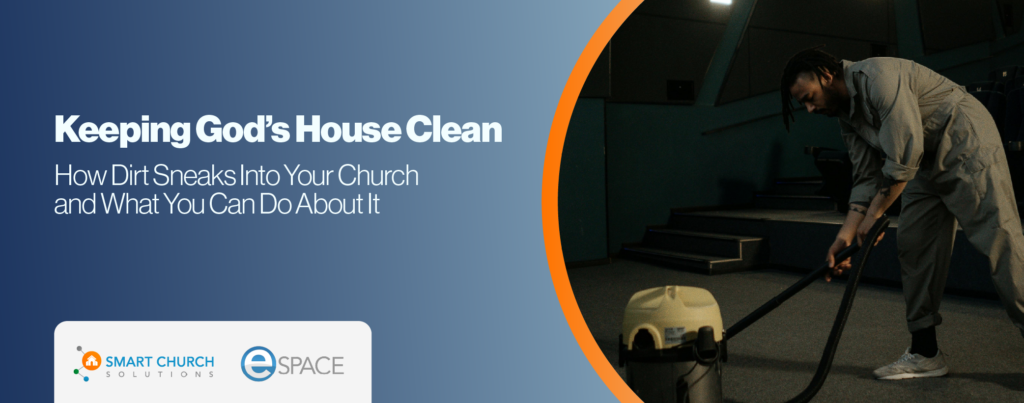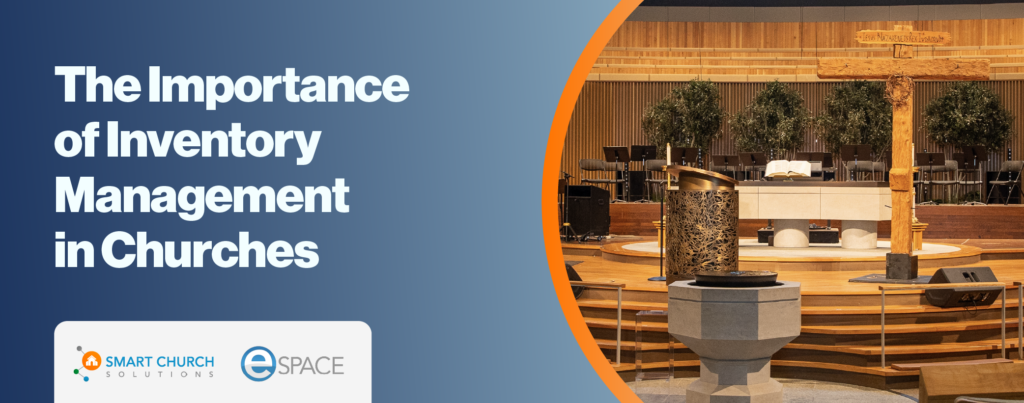Let me put this bluntly: water leaks are an absolute pain. They can cause significant damage to a church facility and can be expensive to repair. Not to mention mold growth, which can cause health problems for staff and visitors.
Fortunately, there are steps that churches can take to prevent water leaks from occurring. In the paragraphs below, we will discuss seven tips for you and your church to avoid annoying water leaks.
7 Tips To Avoid Water Leaks
1. Inspect the Roof Regularly
A leaky roof is one of the most common causes of water leaks in churches. Therefore, your facility manager should inspect the roof regularly for signs of damage or wear and tear. Look out for missing shingles, cracks, or flaws in your gutter systems. If you notice any issues, promptly repair the damage to prevent water from entering the facility.
2. Inspect Plumbing
I know; this is not an exciting task. But, it is essential. Leaking pipes or fixtures can cause water damage and mold growth. Churches should inspect their plumbing systems regularly to check for leaks, especially in bathrooms, kitchens, and utility rooms. Facility stewards should repair these leaks immediately to prevent further damage.
3. Check for Moisture
Moisture is a subtle destroyer. It can accumulate in basements, crawl spaces, and attics, leading to mold growth and water damage. Churches should check these areas for water stains or dampness to indicate moisture. Addressing the source can save you for later.
4. Maintain the HVAC System
Your HVAC system can be a huge culprit, contributing to water leaks if not properly maintained. Therefore, we recommend that you schedule regular maintenance on your HVAC systems to ensure that they are functioning correctly and not causing water damage.
5. Keep Gutters and Downspouts Clean
When was the last time you cleaned your gutters? Clogged gutters and downspouts can cause large amounts of water to overflow and damage the roof and walls of the church facility. Therefore, it is imperative to regularly clean your facility’s gutters and downspouts to ensure proper drainage.
6. Seal Windows and Doors
Sometimes leaks can be sneaky. Water can enter a church facility through gaps in windows and doors. Inspect these areas and seal any cracks with caulk or weatherstripping to prevent water from entering.
7. Use Water Detection Devices
Water detection devices can alert staff to the presence of water before significant damage occurs. Churches can install these devices in areas prone to leaks, such as near plumbing fixtures or in the basement.
The Bottom Line: Preventing Leaks Warrants a Proactive Approach
Preventing water leaks requires a proactive approach. By following the tips mentioned above, churches can avoid costly water damage and prevent mold growth. When facility stewards take these steps, churches can continue to serve their communities in a safe and secure environment.







